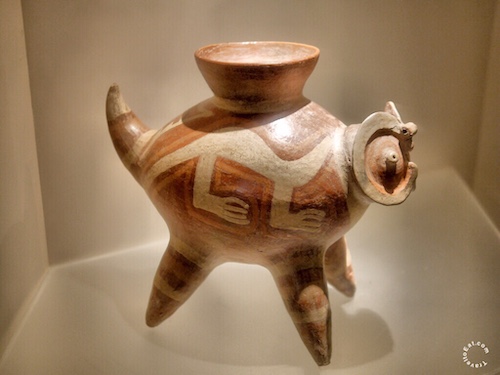
This Sculptural Virú Pitcher from the Peruvian Formative Period represents a creature with the body of a feline, the head of an owl and the tail of a snake. The Gallinazo culture that reigned on the north coast of Peru from about 200 B.C. to 300 A.D. was developed in the river valley of Virú. That is why it is sometimes also called the Virú culture. This North Coast culture was based in the Virú Valley and extended into the Moche and Santa Valleys as well. The Virú Valley is on a coastal landscape which consists of a narrow land strip boarded by the Andes Mountains to its east and the Pacific Ocean to the west. The Gallinazo artefacts have been found from the area that extends from the river valley of Santa almost to the border of Ecuador. The Gallinazo culture is an important mark in the prehistory of the north coast, because the aristocratic administrative system that it developed and strengthened laid the foundation for the Moche culture.
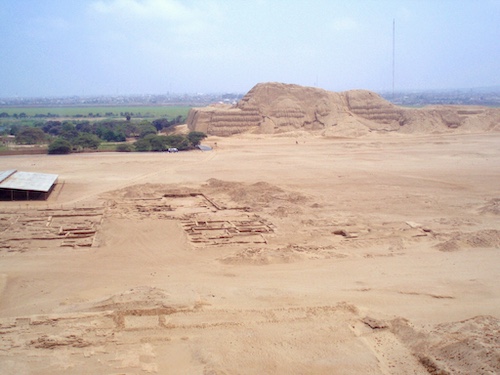
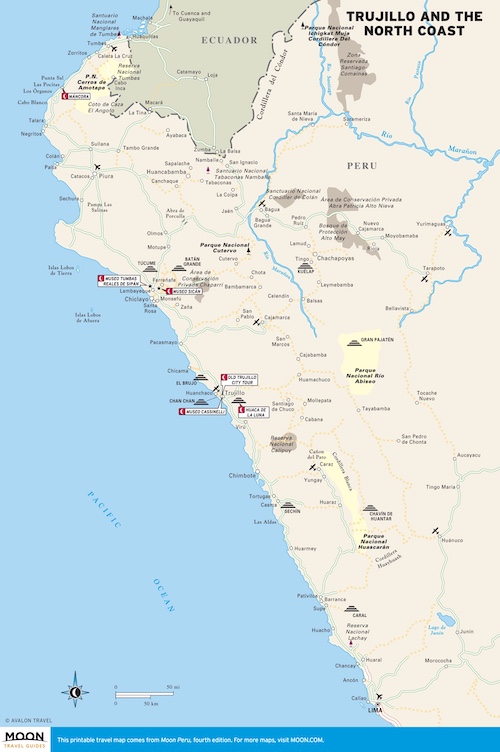
Huaca Gallinazo is the largest mound of the Gallinazo Group in the Virú Valley occupied from as early as the 1st century BC until as late as the 7th century AD. The north coast of Peru does not get the credit in terms of the number of tourists that visit and the name recognition afforded the important locales of the region particularly in contrast to Cuzco and Machu Picchu. In terms of archaeological sites, there are four reason to visit the north coast from north to south: Tucume, the Museum of the Royal Tombs of Sipan, Chan Chan and the Huacas de Moche. All but the museum are large scale sites of monumental architecture; for example Chan Chan has been recognized as one of the largest single urban centers known from the Americas though currently most of it unexcated and only a small section (called a ciudadela) is open to the public.
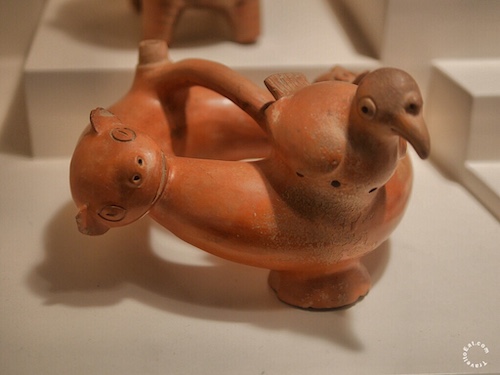
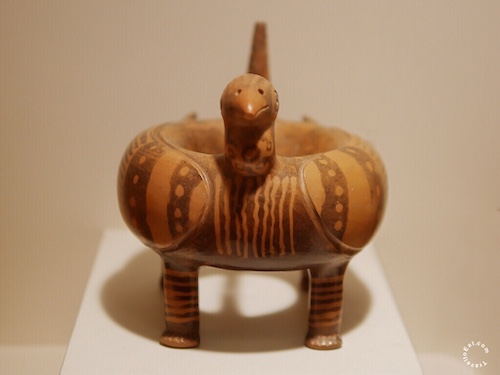
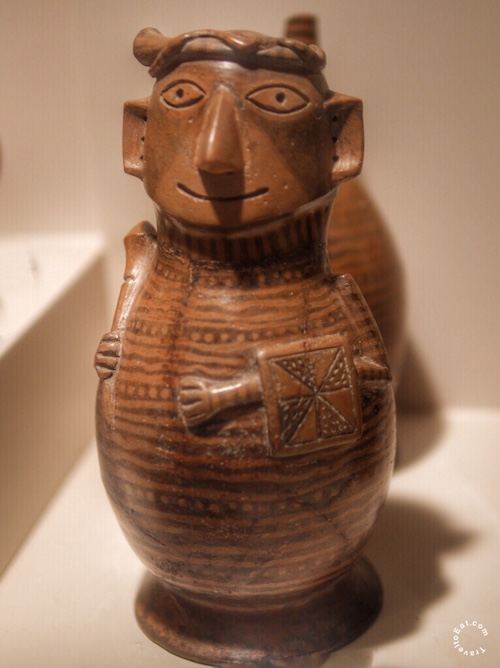
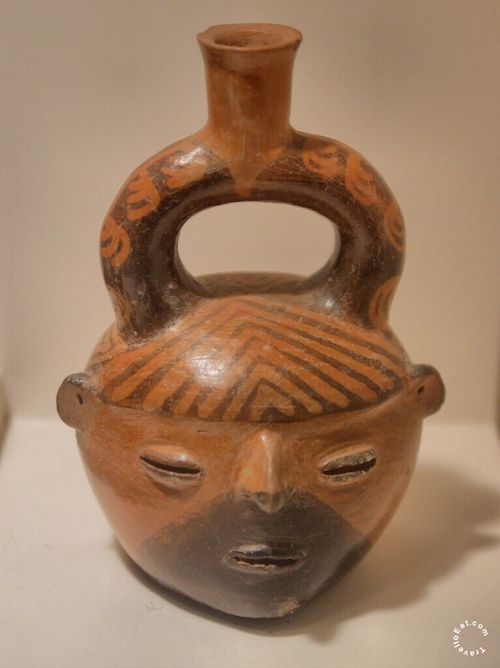
This culture was discovered by Rafael Larco Hoyle in 1933 in the Virú Valley, in the department of La Libertad. In their ceramics the negative decoration technique dominated. The red designs were covered with very fine clay, while the parts that were left uncovered darkened during firing. The covered parts did not darken, and this created the negative painting effect. All of these hybrid creatures are a combination of the bird, the feline and the serpent. These hybrid creatures represent the union of the powers of the sky, earth and underworld. This union reflects the growing power of the rulers.
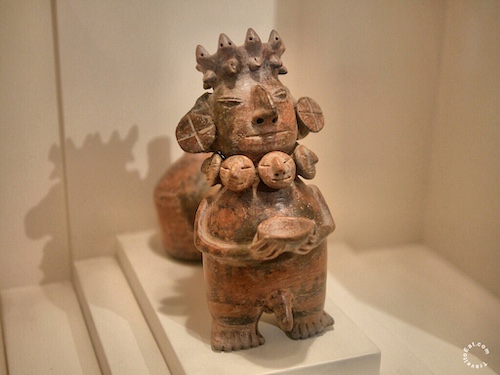
Vicús culture was an important early culture in Peru from 1000/200 BCE to 300/600 CE. They lived in the Piura region in the northern Pacific coast of Peru. The Vicus culture developed in the department of Piura in the far north of Peru. This region functioned as a cultural frontier between the areas now occupied by Ecuador and Peru, and the artistic characteristics of both regions can be seen in Vicus art. Ceramics were decorated using both the negative and positive painting techniques. The individuals represented have so-called “coffee bean eyes”. This double-chambered sculptural vessel decorated with the negative painting technique represents a nude male with a painted body. He is wearing a metal crown with flaps like the one that can be seen in the Gold Room of the Larco Museum. He is also wearing very large ear plugs, an indication of high rank, and a necklace made from beads shaped like human faces.
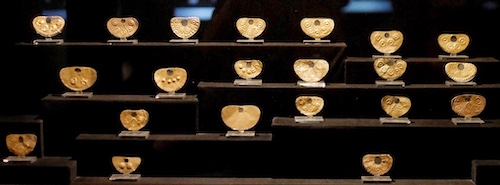
Vicús culture were known for their work in ceramics, copper, and gold. Living mainly on the coastal deserts, they used the native clay and local dyes to produce natural and religious symbols; modern day pottery from the town of Chulucanas is said to closely resemble the ancient art. They created Double spout and bridge vessel that created whistling sounds when pouring liquids. After the decline of the Chavin culture, new styles were formed at the north coast of Peru like Vicus, Salinar, Viru and Gallinzo. These styles developed the Chavin culture further, particularly the plastic paint on ceramics.
References:
Museo Larco: http://www.museolarco.org/en/
Gallinazo Culture: http://www.tampere.fi/ekstrat/taidemuseo/arkisto/peru/800/gallinazo_en.htm
DorantheRook: https://dorantherook.wordpress.com/2008/10/03/why-you-should-skip-the-mountains-for-the-desert/
Viru Valley: https://archive.org/stream/culturalchronolo431coll/culturalchronolo431coll_djvu.txt
Inca Gold: http://www.inkagold-ausstellung.de/en/exponate.html

